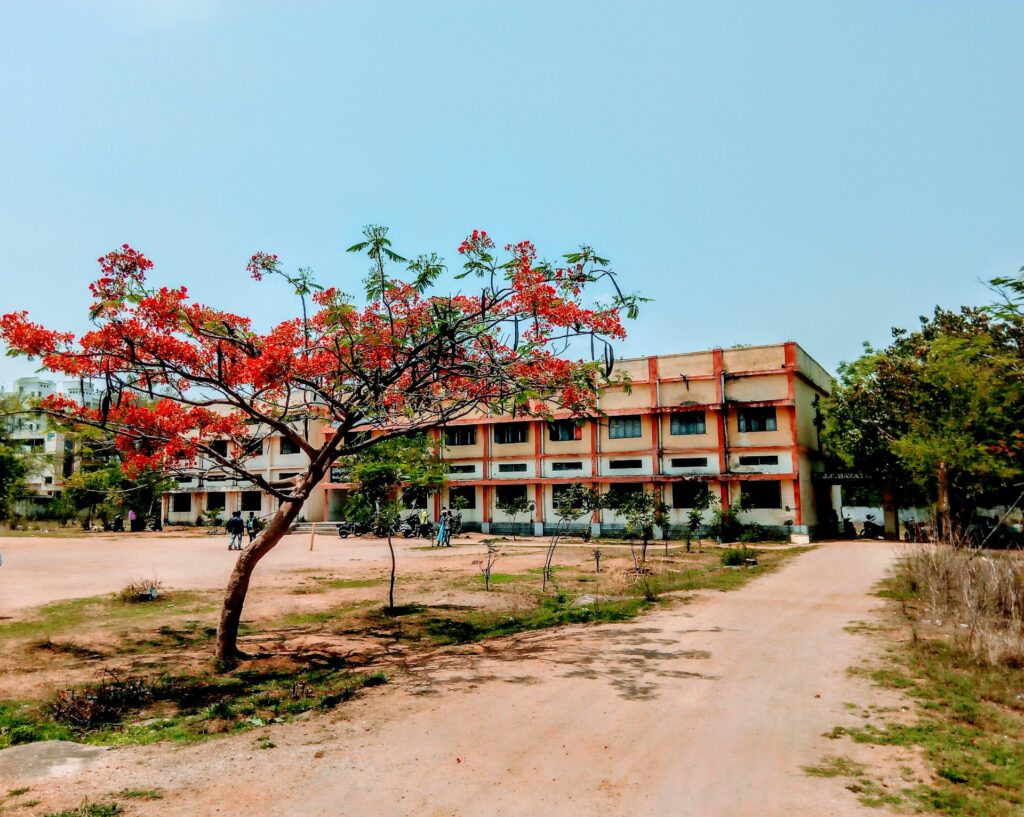The government of Andhra Pradesh has unveiled a Public-Private Partnership (PPP) plan to build 10 new medical colleges. Known as Andhra Pradesh PPP colleges, this initiative addresses long-pending gaps in healthcare and education across the state. The government expects to deliver rapid execution, high-quality standards, and wider access to medical education. Under the plan, students will gain 110 additional MBBS seats each year, helping meet the growing demand for doctors. In the 1990s, Andhra Pradesh had just six medical colleges offering 650 seats. By 2024–25, the state expanded to 36 colleges with 4,046 seats. However, delays left 11 sanctioned colleges inoperative by mid-2024. Through this PPP model, the state now seeks timely execution and reliable service delivery. The approach combines public oversight with private investment and technical capacity, ensuring institutions meet national standards in both academic and clinical settings. This strategy shows how PPPs can transform sectors where government resources alone face limitations.
The Andhra Pradesh PPP colleges strategy also brings major financial benefits. The state estimates development savings of Rs 3,700 crore and annual operating savings of Rs 500 crore. Earlier, the government sanctioned Rs 8,480 crore for 17 medical colleges. Yet, by June 2024, only Rs 1,550.39 crore, about 18.2 percent, had been spent. The remaining Rs 6,152 crore sat unutilized, creating the risk of a 15-year completion timeline. To restart stalled work, the current administration released Rs 786.82 crore after June 2024. Now, by involving private partners, the government expects faster delivery and better use of resources. This efficiency comes from shared investments and the private sector’s ability to manage costs. Unlike earlier delays, the new system reduces wastage and accelerates execution. The model also encourages accountability through performance-linked contracts. These savings free up state resources for other development needs, making the PPP model more sustainable in the long run.
The PPP structure balances medical education growth with affordable healthcare delivery. Each college will offer 150 seats, with 75 allocated to the Convenor Quota. This shift adds 11 more state-quota seats per college compared to earlier structures. Across 10 colleges, students gain 110 additional opportunities annually. The plan also ensures affordable treatment for patients. Outpatient services, diagnostics, and inpatient care for 70 percent of hospital beds will be free under government health schemes like PMJAY, NTRVST, and CGHS. The remaining 30 percent of inpatient beds will be for paying patients, charged at market rates. This cross-subsidization keeps services equitable while ensuring financial viability. By offering free and paid services under one model, the government aims to reduce pressure on public hospitals. At the same time, students benefit from exposure to diverse patient groups, strengthening their clinical learning. The arrangement also reflects best practices from other states that successfully used PPPs in healthcare expansion.
Technology and innovation form the backbone of the Andhra Pradesh PPP colleges. The plan includes artificial intelligence-based diagnostics, telemedicine, and digital health records. These tools improve service delivery and enhance patient outcomes. Students will also learn within a tech-driven ecosystem, gaining skills relevant to modern medicine. The government is encouraging partnerships with reputed institutions in India and abroad to raise academic standards. Such collaboration will help build strong faculties and research networks. By linking advanced technology with private investment and public accountability, the state is creating a healthcare education model with global appeal. Similar PPP efforts in Uttar Pradesh, Odisha, and Jharkhand have already improved district hospital capacity and medical training. Andhra Pradesh is building on these lessons but tailoring the model to its unique needs. This ensures that both students and patients receive world-class services without excessive delays or financial strain.





